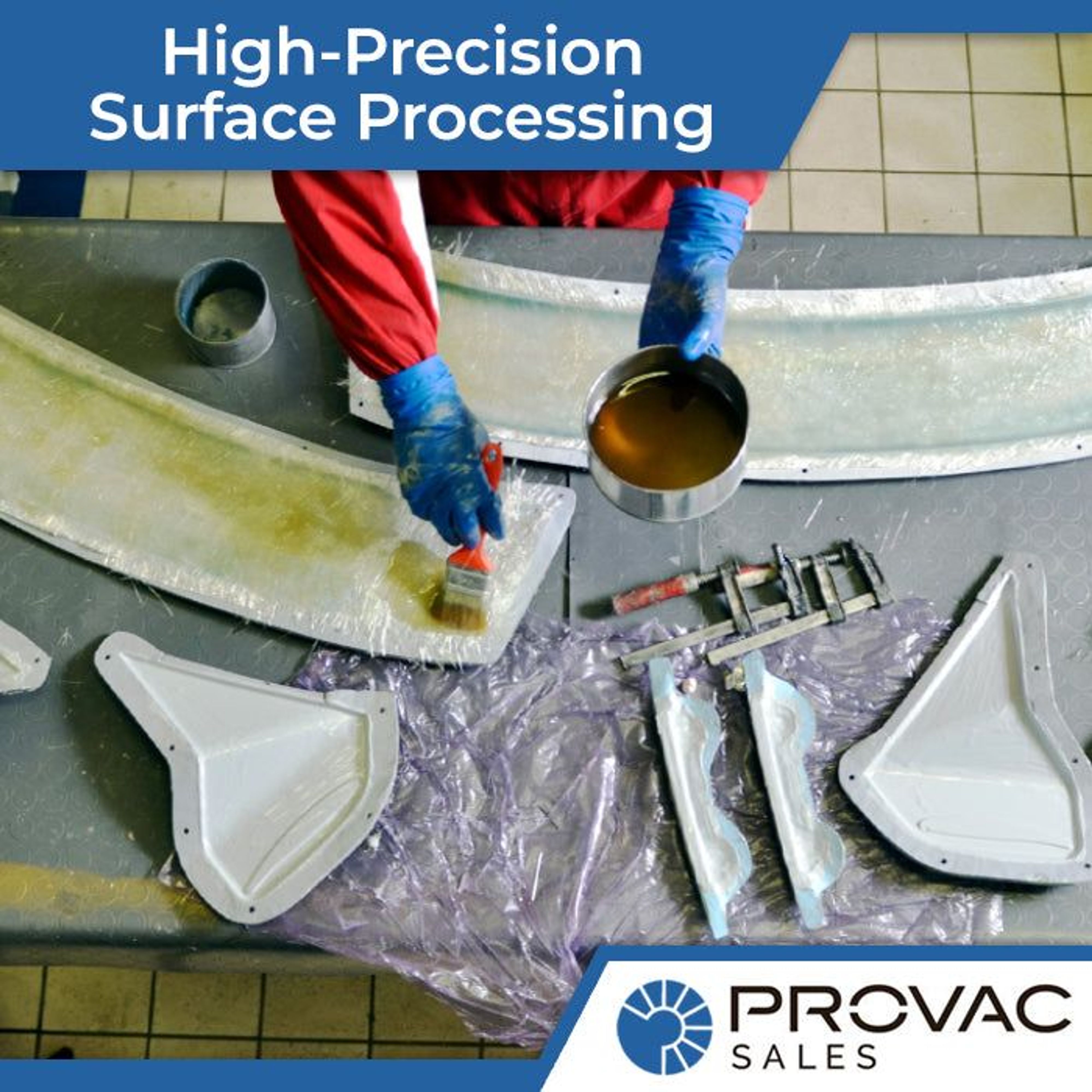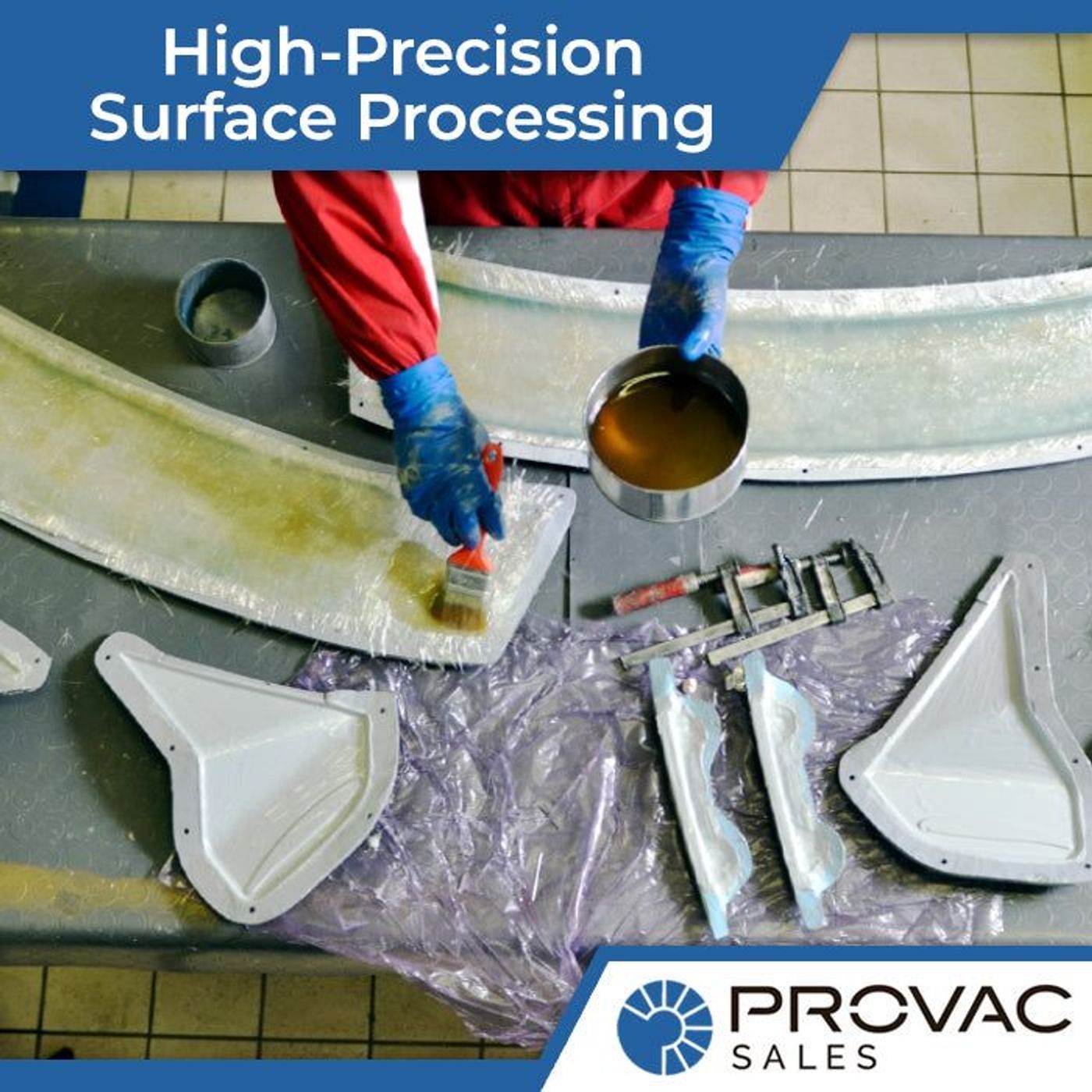When it comes to manufacturing, a vacuum system is a great way to achieve high precision and hold a large number of products. These products are accurately positioned along a conveyor path, making it easy to print, cut, and place them. Listed below are the benefits of high-precision surface processing with vacuum.
Steel belt technology
When it comes to precision surface processing, a steel belt can deliver. Its vacuum system creates a flat and ideal surface for products to be placed precisely along the conveyor path. High-precision vacuum systems can be used for a variety of applications, such as printing, cutting, and pick-and-place operations. In addition, they offer high-grip and abrasion resistance properties.
Stainless steel is an excellent material for conveyor belts because it is both hygienic and corrosive-resistant. Stainless steel, in particular, is immune to acids and other corrosives. This feature means that it can be easily cleaned with high-pressure steam and inexpensive chlorine. The hygienic properties of steel are also appealing since it does not absorb odors, making it ideal for electronics.
With this new technology, steel belts can be customized for a wide range of purposes. For example, you can choose from an array of perforation patterns, attachments, and surface coatings. Vacuum perforations use a suction force to draw air through the holes and remove dust and other particles. Metal belts can also be made to fit any type of processing need. They can be customized with coatings, including Teflon and neoprene.
Comparison of thermal slumping and vacuum-assisted molding
Vacuum-assisted molding is the latest in composites manufacturing. Both methods utilize the same basic materials for composite molds. The most common types of resin are polyester and vinyl ester, with fiberglass reinforcement contributing up to 25% of the total laminate weight. Both methods also use a similar amount of reinforcement fibers, but the resin-to-fiber ratio is crucial to the overall strength of the final molding. The main factors influencing resin selection are heat distortion temperature, corrosion resistance, and general surface finish. The use of fiber reinforcement also affects the final molding's mechanical strength.
The difference between thermal slumping and vacuum-assisted molds lies in the use of drop rings. Drop rings allow the glass to drip through a small hole in the mold during the firing process. Drop rings are also available for slumping, but the process is much more time-consuming, and it is not recommended for thin plates.
Thermal slumping and vacuum-assisted molding share the same basic process, although their methods have their differences. While both processes use fiber reinforcement, VARTM uses a rigid mold surface. The opposing mold half is made of film, with the fiber forming the actual cavity. During the molding process, the outer atmosphere compresses the fiber, creating a vacuum between the mold surface and the fiber.
Materials used for high-precision surface processing with vacuum
The materials used in high-precision surface processing with vacuum are generally porous and have low outgassing rates. The requirements for these materials increase with the desired vacuum level. They must also be resistant to bake-out, which occurs when certain materials expand or contract in a vacuum. Gasses can be produced by a number of mechanisms, including adsorbed molecules of a gas. Some materials release gas molecules because they are porous and have cracks or crevices. Other materials, such as lubricants, residues from machining, and traces of a substance, are unstable under high vacuum.
Vacuum for high-precision surface processing is also used in making observatory concave mirrors. In state-of-the-art observatories, high-precision telescopes enable us to have a glimpse into the deepest ends of space thanks to the extremely accurate concave mirrors used. This technology has provided invaluable insight into the cosmos as well as given fresh scientific breakthroughs in astrophysics as a whole.
The quality and accuracy of these mirrors are integral for the observatories here on earth as well as the outcomes of the research done using them. The shape of the concave mirror needs to be perfect to attain desired effects. The mirrors will need to be made with the utmost accuracy to prevent the possibility of imaging fallacy and to obtain an optimum resolution of the images captured.
To achieve this goal, the mirrors will need to be grounded and polished during fabrication to an accuracy of 150 to 30Nm. An excellent technique to attain this accuracy is by processing the mirrors and other optical components with an ion beam. This method enables extremely concise corrections to be conducted on the shape and also improves surface quality. From there, a reflective layer such as aluminum is used to evaporate the mirrors, before a final layer coats the surface. The method of processing mirror surfaces using an ion beam occurs under a vacuum to attain the best possible results.





